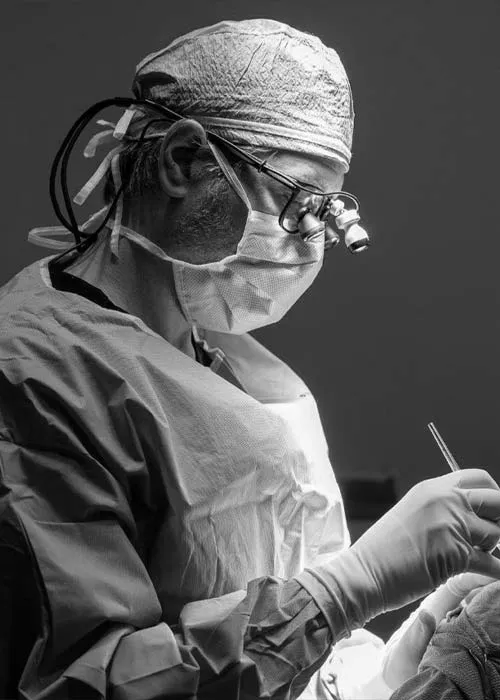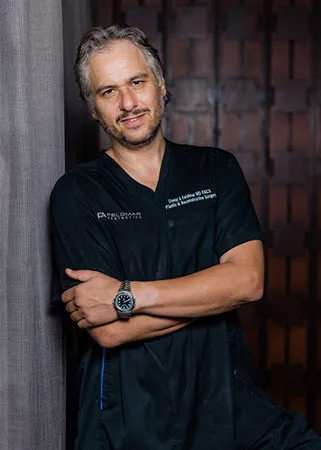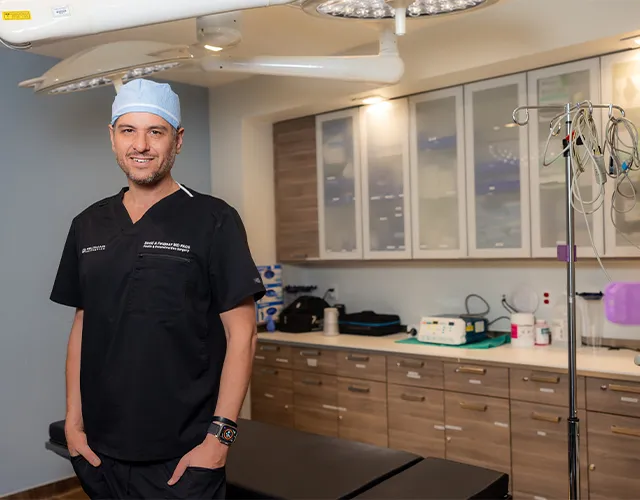


Wound debridement is a procedure used to remove dead, damaged, or infected tissue from wounds. Wound debridement is designed for both acute and chronic wounds. Making sure to get the wound debrided helps to prevent infection. Several clinical studies recommend weekly wound debridement and they have higher rates of wound closure.
Before the debridement, the office administers topical lidocaine and/or injectable lidocaine to numb the area and lessen the discomfort which can accompany the procedure.
Wound debridement helps the healing process by removing dead or infected tissue. Here’s why it matters:
Wounds can heal much faster when dead tissue is not present. Dead tissue frequently traps bacteria which can cause infections.
Infections prevent the wound from healing and can get worse. It can lead to an amputation or a life-threatening condition if it gets into the bloodstream.
New tissue cannot grow when dead tissues are present. Hidden pockets of pus could lie under the dead tissue which can also cause an infection.
Routinely removing dead tissue keeps it clean and will help the wound to grow new tissue.
There are a few ways to perform the debridement. The doctor may use one or more of them to remove dead tissue:
Dr. David Feldmar is a double board-certified surgeon in General and Cosmetic Surgery with a specialized focus in wound care. Known for his meticulous technique and compassionate approach, Dr. Feldmar leads a skilled team dedicated to treating complex, chronic, and post-surgical wounds. From managing diabetic ulcers and burns to performing advanced closures and graft procedures, his goal is to promote healing, prevent complications, and restore quality of life for every patient.
Whether at home or in a facility, Dr. Feldmar delivers expert wound care where it’s needed most—with a personalized, patient-first philosophy.






Our team delivers advanced wound care with surgical precision and a human touch—because healing is more than skin deep.
